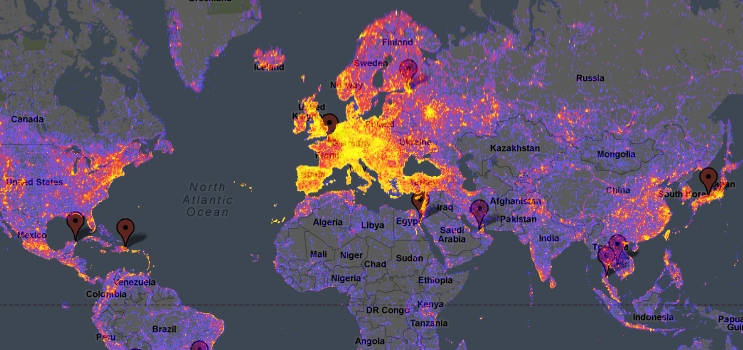There is a project, started a few years ago, where everything is about smiles: parents get professional photos of their kids, shopping malls get new visitors – and the website of the project gets lots of attention. After we integrated Facebook this year, it got five times more.

Image from MosolyOlimpia.hu
SmileOlympics is a one week event in shopping malls, where children and their families are photographed in the old-fashioned way. The picture taken is a gift for the parents, and there is a smile-wall set up in the venue where visitors can browse through the whole gallery.
After the event there’s an online competition, where users can vote and the photo with the most votes receives a prize. The website was designed in 2006, and not much happened since then: users could register, log in and vote for any pictures they liked. Of course, on an event like this, the customer support had loads of work – people registered with fake e-mail addresses faster than the moderators could delete them, and most of the mothers wanted to know how the other ones kid can have ten times more votes.
As this year the project will become a road show rather than a once-a-year event, we had the resources to improve some bits – and we integrated Facebook in order to prevent multiple registrations. Dumping all the user data we had (well, not quite… but you get the point), we decided to go with Facebook login, and we replaced the voting system with Like buttons. To make sure that users can’t vote before or after the one week competition, we created a database that is synced with Facebook only in that period.
At this point we were afraid of losing users: since it was possible to vote on Facebook without even seeing the website, some users had no reason to do so – to get around this, we had two things in mind. First, we created a Facebook page to reach more users, and provided information and the customer service there as well. Second, we made another competition running: whoever liked at least five photos on the website, could also win a prize.
The results were astonishing: on the first day of the competition, we registered five times more users than in the previous years, 90 precent of whom came from Facebook (compared to about 10 percent in 2011). From Monday to Friday evening Google Analytics registered 30K unique visitors, and after the first two weeks, at this moment there are 2450 likes on the Facebook page. All this without changing anything else on a 6 years old website.
That’s another smile here.



